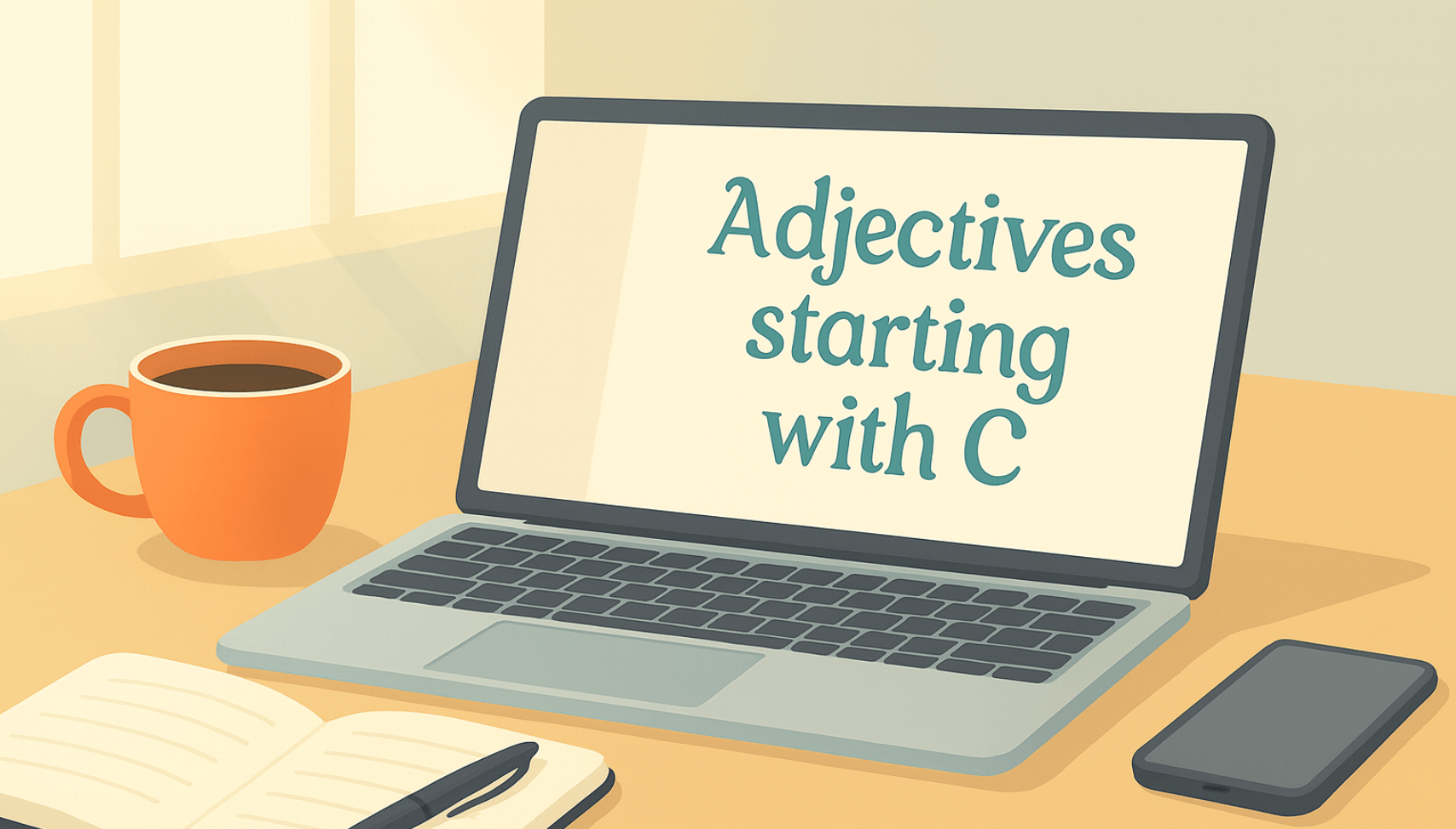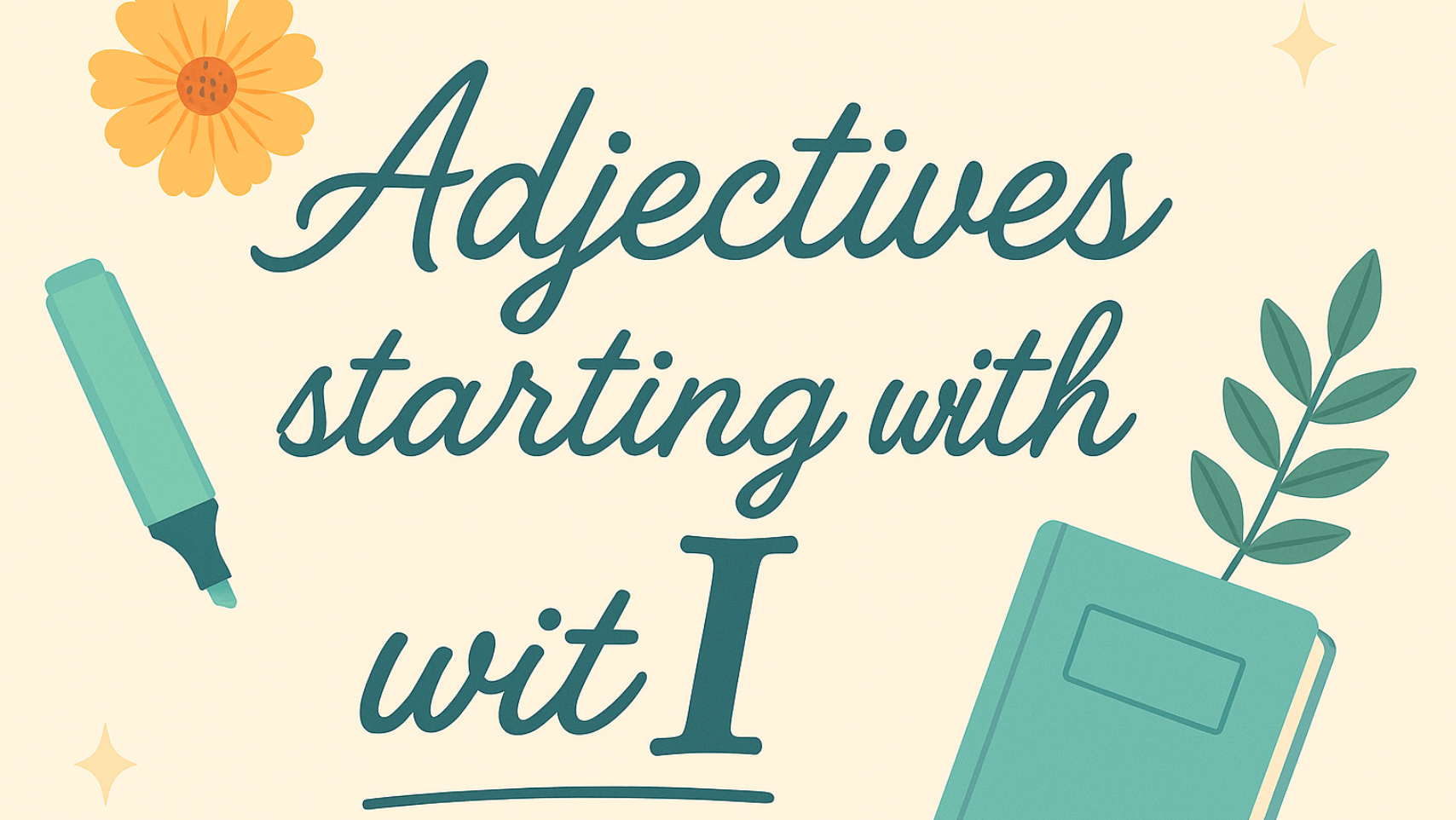Ever tried assembling IKEA furniture without the instructions? One minute you’re confident, the next you’re staring at a pile of wood and screws wondering if you’ve accidentally built modern art. That’s exactly what a story without structure feels like—confusing, wobbly, and likely to collapse on its audience.
Which brings us to the big question every writer eventually faces: what is a plot pyramid, and why do so many swear by Freytag’s version? This deceptively simple triangle has been shaping tales since the 19th century, helping writers turn messy drafts into gripping narratives. From Greek tragedies to Netflix binges, the pyramid proves that readers crave stories that rise, peak, and resolve.
In this article, we’ll decode Freytag’s timeless formula, explore why it still works, and hand you a plot pyramid template you can use for your own writing adventures. By the end, you’ll not only know how the pyramid works—you’ll know how to build stories that stand tall and unforgettable.
The Genius of Freytag: A Playwright with a Plan
Long before screenwriters were plotting superhero sagas and novelists were agonizing over their climaxes, a German playwright named Gustav Freytag was quietly sketching out what would become one of storytelling’s most enduring blueprints. In the mid-19th century, Freytag—best known for his plays and essays—analyzed classical drama and noticed something fascinating: nearly every great story followed the same rise-and-fall rhythm. Instead of shrugging and moving on, he grabbed a metaphorical ruler and gave it a shape. Thus, Freytag’s plot pyramid was born.
Freytag’s pyramid takes the messy chaos of human drama and organizes it into five neat stages: exposition, rising action, climax, falling action, and denouement. Simple? Yes. Brilliant? Absolutely. The beauty of his model is that it wasn’t invented so much as discovered. He took what storytellers had been doing instinctively since Homer was making epic poetry fashionable, and turned it into a formula you could actually follow.
And the best part? His pyramid has survived centuries of changing tastes, from Shakespearean tragedies to Marvel blockbusters. Turns out pyramids weren’t just for pharaohs—they were for storytellers too. Freytag’s insight gave writers a timeless map, proving that even in the wild world of creativity, a little structure goes a long way.
Your Publishing Journey Awaits – Start NowBreaking Down the Plot Pyramid (Without Breaking Your Brain)
Let’s face it: stories without structure are like rollercoasters that never drop—just a slow crawl that leaves readers wondering why they bought the ticket. Enter the plot pyramid, Freytag’s genius triangle that gives every tale a rhythm readers instinctively understand. Think of it as the IKEA instructions of storytelling—except this one won’t leave you with extra screws.
Here’s how the pyramid unfolds:
Exposition – The Setup Shop
This is where you lay the foundation: characters, setting, and stakes. Do it right, and your readers feel like they’ve just walked into a well-decorated party. Do it wrong, and it feels like a three-hour PowerPoint. Keep it crisp, sprinkle intrigue, and never underestimate the power of a well-placed mystery.
Rising Action – Turning Up the Heat
Here’s where the fun begins. Conflicts pop up like unwanted email subscriptions, and tension builds with every turn. Each scene should raise questions, complicate lives, and make readers say, “Okay, just one more chapter…” Spoiler: they’ll read five more.
Climax – The Hold My Coffee Moment
The pyramid’s peak—the scene your reader has been waiting for. Everything boils over in one glorious explosion of drama, revelation, or chaos. If your climax feels more like a polite sneeze than a thunderclap, you’ve missed the mark.
Falling Action – Graceful Descent (Hopefully)
After the fireworks, we need some cleanup. Loose ends tie together, relationships settle, and consequences ripple out. Don’t rush this stage—it’s your story’s cooldown period. Readers need to catch their breath.
Denouement – The Literary Mic Drop
Ah, the ending. This is where you pack up the party and send readers home satisfied (and maybe a little teary-eyed). The denouement provides closure, whether it’s a bow-tied happy ending or a lingering, bittersweet goodbye. Done right, it sticks with readers long after they’ve put down your book.
In short, the plot pyramid is less about rigid formulas and more about flow. It keeps stories climbing, peaking, and landing in ways that feel natural—even inevitable. Think of it as your reader’s GPS: guiding them through the narrative without letting them get lost in the woods of your imagination.
Why Freytag’s Plot Pyramid Still Works (Even in TikTok Times)
You’d think a 19th-century German playwright wouldn’t have much to say to the Marvel Cinematic Universe or your latest Netflix obsession—but you’d be wrong. The truth is, from The Iliad to Avengers: Endgame, stories have always followed the same DNA: setup, buildup, big boom, cooldown, and wrap-up. That DNA is none other than Freytag’s plot pyramid, and it continues to sneak into our entertainment whether we notice it or not.
Why? Because our brains are hardwired for arcs. We crave a sense of direction—conflict that builds, a climax that thrills, and a resolution that feels earned. Without it, a story feels as unfinished as a sandwich missing the top slice of bread. Even your favorite memes follow the pyramid’s logic: a setup, a twist, and a punchline that delivers the payoff.
It doesn’t matter if it’s an ancient Greek tragedy, a Shakespearean drama, or a 15-second viral video—Freytag’s plot pyramid taps into something timeless. It satisfies the universal human need for tension and release, chaos and order, question and answer. The formats may shrink (sorry, Homer, we don’t have weeks to hear about Achilles), but the structure endures, proving that pyramids really are built to last.
Plot Pyramid Template: Your Shortcut to Story Zen
So, you’re convinced that structure matters—but how do you actually use it without turning your novel into a geometry assignment? That’s where a plot pyramid template swoops in like a storytelling life coach. Think of it as your quick-draw map to narrative clarity. Here’s how to sketch one in minutes:
Step 1: Draw the Triangle.
Yes, literally. On paper, a whiteboard, or a digital canvas (Scrivener, Milanote, Canva, or even Google Docs if you’re scrappy). Label five sections: Exposition, Rising Action, Climax, Falling Action, Denouement.
Step 2: Jot Down Your Exposition.
In 10–15% of your word count, introduce your world, your characters, and the spark that kicks things off. Keep it lean—no encyclopedias allowed.
Step 3: Map the Rising Action.
This is your 60% bulk. Conflicts, subplots, and escalating stakes belong here. Every beat should push the story upward, like stacking wood before the big bonfire.
Step 4: Mark Your Climax.
The top of your pyramid is the smallest point—but it carries the most weight. Plan for a moment that delivers max tension and emotional payoff.
Step 5: Glide into Falling Action & Denouement.
Use the last 25–30% of your story to clean up the mess. Resolve conflicts, land emotional arcs, and leave your reader with that ahhh, satisfying feeling.
The beauty of this plot pyramid template is that it’s flexible. Want to build epics? It scales. Short stories? Works like a charm. Whether you’re using color-coded sticky notes or the fanciest writing software, this template keeps your story balanced, powerful, and—most importantly—finished.
Common Plot Pyramid Pitfalls (and How to Avoid Them)
Even with a trusty pyramid in hand, writers sometimes trip on their own narrative shoelaces. Here are the usual suspects—and how to dodge them:
Pitfall #1: Exposition Overload.
We get it—you love your worldbuilding. But dumping ten pages of backstory at the start is like forcing guests to read the instruction manual before they can enter your party. Fix it by weaving details in gradually. Let your readers discover the world while the plot moves forward.
Pitfall #2: The Anti-Climax.
Nothing kills momentum faster than a climax that fizzles. If the “big moment” feels more like a sneeze than a storm, readers will check out faster than you can say “plot twist.” The cure? Build tension with escalating stakes, then deliver a payoff that either shocks, satisfies, or—ideally—both.
Pitfall #3: Rushed Falling Action.
Writers often sprint toward “The End” after the climax, leaving loose ends flapping like laundry in the wind. Don’t kill your own story buzz. Slow down, tie up those plot threads, and give your characters space to breathe. Readers need closure as much as you do.
The secret? Balance. When you respect each stage of Freytag’s plot pyramid, you keep your story sharp, satisfying, and—most importantly—memorable.
Plot Pyramid in Action: From Shakespeare to Superheroes
It’s one thing to admire the plot pyramid in theory—but the real magic is seeing it at work across centuries of storytelling. Spoiler: it’s everywhere.
Shakespeare (Classic).
Take Romeo and Juliet. The exposition? Feuding families and two star-crossed teens. The rising action? Secret meetings, duels, and escalating family drama. The climax hits when Romeo kills Tybalt, sending everything spiraling. The falling action follows with desperate plans and tragic misunderstandings, leading to the denouement—the double death that cements the play’s legacy. Classic Freytag.
Harry Potter (Novel).
In The Sorcerer’s Stone, the exposition introduces us to Harry’s miserable cupboard life. The rising action builds through magical lessons, Quidditch, and mounting mysteries. The climax lands underground with Harry facing Voldemort. Then comes the falling action—aftermath and explanations—followed by the denouement: Gryffindor wins the House Cup, and Harry heads home changed.
Avengers: Endgame (Blockbuster).
Even billion-dollar franchises bow to the pyramid. Exposition shows a broken world after the Snap. Rising action builds through time travel hijinks and team struggles. The climax? That jaw-dropping final battle with Thanos. Falling action brings Tony’s funeral and goodbyes, and the denouement leaves Cap passing the shield.
From quills to capes, Freytag’s plot pyramid proves it’s the universal skeleton beneath every unforgettable story.
Build Your Story Like a Pyramid Builder
At the end of the day, every writer is part storyteller, part architect. With Freytag’s plot pyramid as your blueprint, you’re not just stacking scenes—you’re constructing an experience that rises, peaks, and lands with purpose. The beauty of this structure is that it doesn’t cage your creativity; it frees it, giving your wildest ideas a solid foundation to stand tall.
Think of yourself as a modern pyramid builder—only instead of stone blocks, you’re working with words. And trust me, your readers will thank you for not leaving them lost in the desert of unfinished arcs and wobbly storylines.
So grab that plot pyramid template, sketch it out, and watch your story take shape. With every draft, you’re not just writing—you’re building something designed to last.
FAQ: Plot Pyramid
Q: Do all stories follow Freytag’s Pyramid?
Not all—but most successful ones echo its rhythm. Some experimental stories break the mold, but readers naturally crave the rise, peak, and resolution that Freytag’s plot pyramid captures so well.
Q: What is exposition in a story?
Exposition is the setup stage. It’s where you introduce characters, setting, and the initial situation. Think of it as the invitation to the party—you need it to get readers through the door.
Q: How many stages are in a plot?
In Freytag’s model, there are five: exposition, rising action, climax, falling action, and denouement. Some modern adaptations add a sixth stage (inciting incident) to highlight the spark that gets the story rolling.
Q: What is a tragic climax?
A tragic climax is the turning point where the hero’s downfall becomes inevitable. Shakespeare was the master—Romeo killing Tybalt, for instance, seals the fate of both lovers.
Q: What are the 6 basic plots?
According to classic literary theory, the six basics are: overcoming the monster, rags to riches, the quest, voyage and return, comedy, and tragedy. Each can still fit neatly on a plot pyramid.
Q: What is the plot pyramid strategy?
It’s a storytelling approach where you map your narrative onto Freytag’s pyramid—using its stages to guide pacing, tension, and payoff. In short, it’s writing with a built-in compass.








